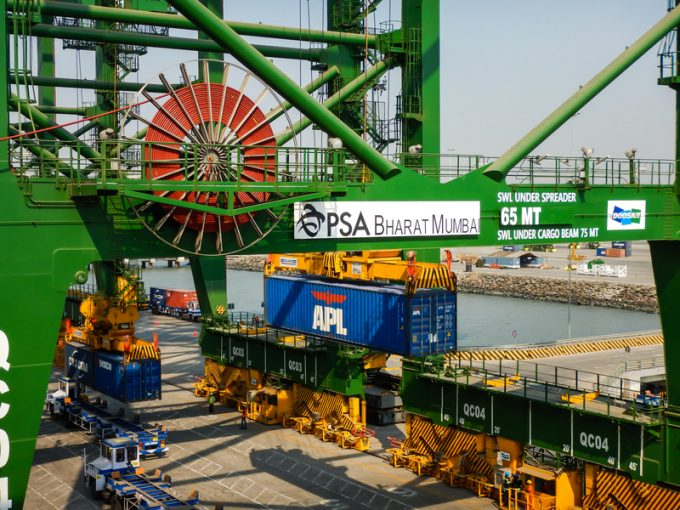Asia-Mexico trade – the supply chain version of 3D chess
A complex knot of mutual and exclusive interests

Container lines seem to be giving up hope of raising freight rates for loads from India to the US, as the market is showing no uptick in volume.
Traditionally, carriers wield the most bargaining power during the peak shipping season that gets under way in August. But this year has proved muted for them, after the rate slide began in the middle of last year.
And pessimism is prompting carriers to “undo” rate increase notices already sent out, even though the “asks” had been modest, instead of the usual hefty amounts.
MSC has cancelled peak season surcharges and GRIs which were to have come into force on 1 October. The Geneva-based carrier was intending to implement a PSS of $350 per box and GRIs of $400 per teu and $500 for all other types of loads from India to the US and San Juan (Puerto Rico).
MSC (India) earlier noted that the increases were necessary to “maintain the high level of service reliability and efficiency to meet the needs of customers”.
Other active India-US carriers, including Hapag-Lloyd and CMA CGM, are expected to follow suit in pulling any rate hikes already lined up, according to freight forwarder sources.
MSC has three weekly sailings out of Nhava Sheva and Mundra for the US east coast, while Hapag-Lloyd and CMA CGM jointly offer two Indamex sailings.
Average contract rate levels on the tradelane, the largest by value for India, have been somewhat steady to slightly decreasing over the past two months, despite multiple GRI and PSS attempts by most active carriers.
Over the past year, India-US booking rates have plummeted from pandemic-linked highs and now hover at $1,700 per teu for shipments from West India (Nhava Sheva) to the US east coast, versus about $8,000 per teu in August 2022, industry data shows.
Similarly, India-US west coast rates are down to $1,600 per teu, from about $8,500/teu a year earlier.
“We do not see an opportunity for carriers to push rates higher in the immediate term,” a Mumbai-based freight forwarder told The Loadstar.
As significant additional capacity came into the market at the height of pandemic-induced disruption, all service networks now face serious challenges securing sufficient cargo to fill export space allocations, sources said.
On the upside, amid growing trade diversification tied to the China plus-one (C+1) supply chain buzz, trade between India and the US has seen measurable traction in recent years, hitting some $129bn by value in fiscal year 2022-23, up 8% year on year, according to government data.
To build on that momentum, the two sides recently unveiled a raft of announcements and deals to expand bilateral trade to $500bn by 2030, which industry observers believe presents long-term growth opportunities for carriers wishing to enter the market.
Additionally, Indian export trade figures for August provided some ground for cautious optimism, as the pace of monthly trade declines slowed to 6% YoY, after -16% in July.
“The subdued growth in economies like the US and Australia has led to a modest performance in exports during recent months,” said A Sakthivel, president of the Federation of Indian Export Organisations.
“The softening of commodity prices across the globe has also pulled down exports, value-wise,” he added.
You can contact the writer at [email protected].
Comment on this article